Eel volunteers wanted
Right now, millions of tiny, see-through fish are working their way up the Hudson River. Born in the Atlantic Ocean, the American “glass” Eel takes eight weeks to travel up the Hudson River Estuary. But from there, scientists are hoping for the public’s help tracking these creatures that become an important part of our ecosystem.
Each spring, teams of scientists, students and volunteers help track the eel’s population numbers by physically counting, recording data, and then releasing the juvenile fish upstream.
Why count fish? According to the Hudson River Eel project: The species is in decline over much of its range, and baseline studies of populations, like the Hudson River Eel Project, are crucial for management decisions.
The Hudson River Eel Project began in 2008 by surveying two sites in the river. There are now 13 collection sites currently monitored from Staten Island to New Baltimore.
To monitor the local glass eel population, scientists and volunteers set fyke nets in the mouths of tributaries for six to eight weeks, use eel mops to mimic juvenile eel habitat, and eel ladders made of PVC tubes set near dams to count populations. In 2020, there was an average of over 1,000 glass eels per day in the fyke nets. “This is a significant increase from the first few years of the project during which the average catch per day was around 20-30 eels.”
On Saturday, March 16, 2024 Scenic Hudson and the NYS Department of Environmental Conservation will be hosting a training session for those interested in volunteering to help catch, count and weigh juvenile eels.
The training session will take place on Saturday, March 16, 2024 from 1-3pm at the Black Creek Preserve in Esopus. To RSVP, or if you have any questions about the event, email Jeremy Lapanche at jlaplanche@scenichudson.org.
The in-stream training is open to anyone 12 and older, though minors must be accompanied by an adult. All equipment will be provided, but volunteers should bring a towel and clothes they don’t mind getting wet or dirty.
For more information on the Hudson River Eel Project, visit https://hrnerr.org/eel-monitoring/


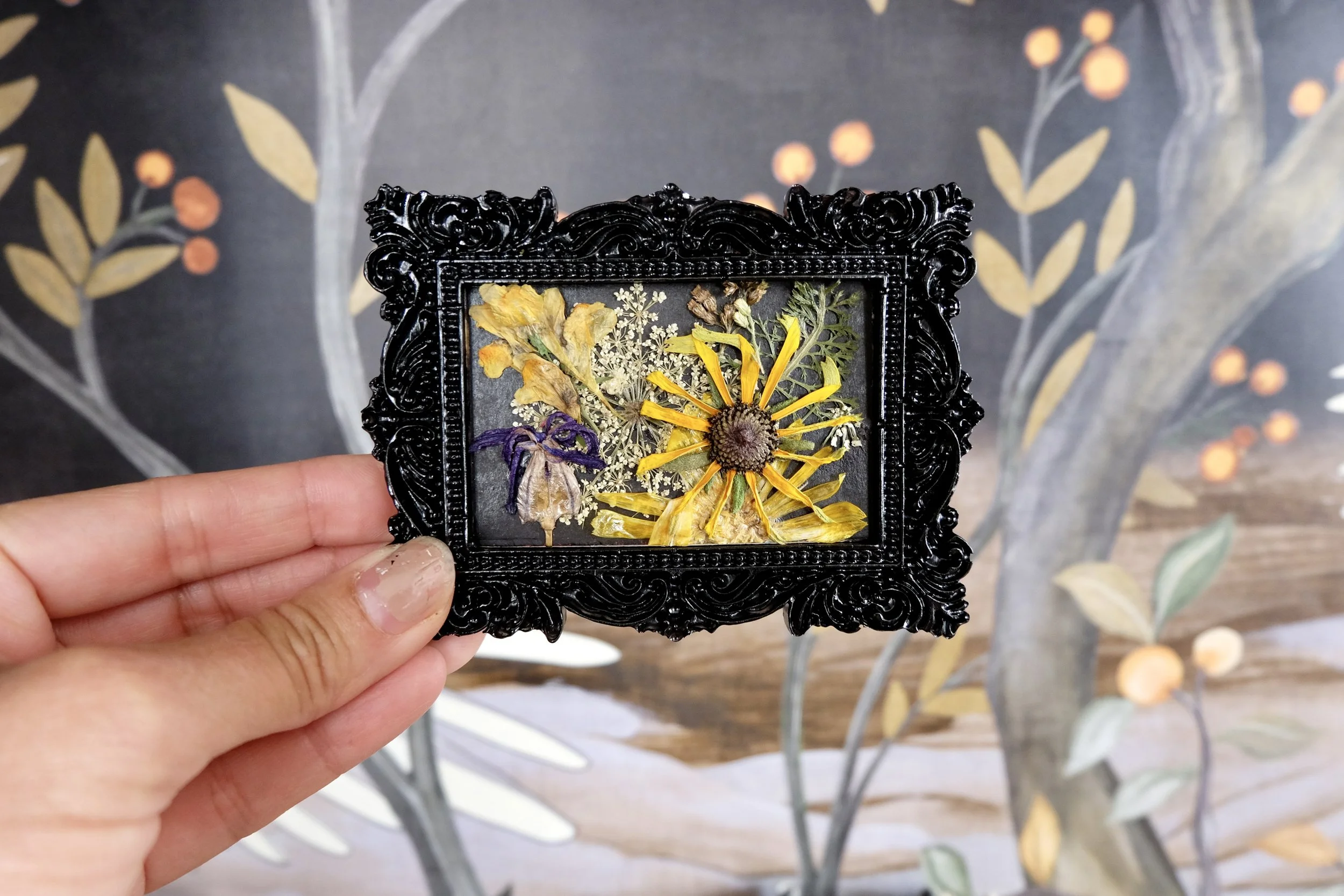





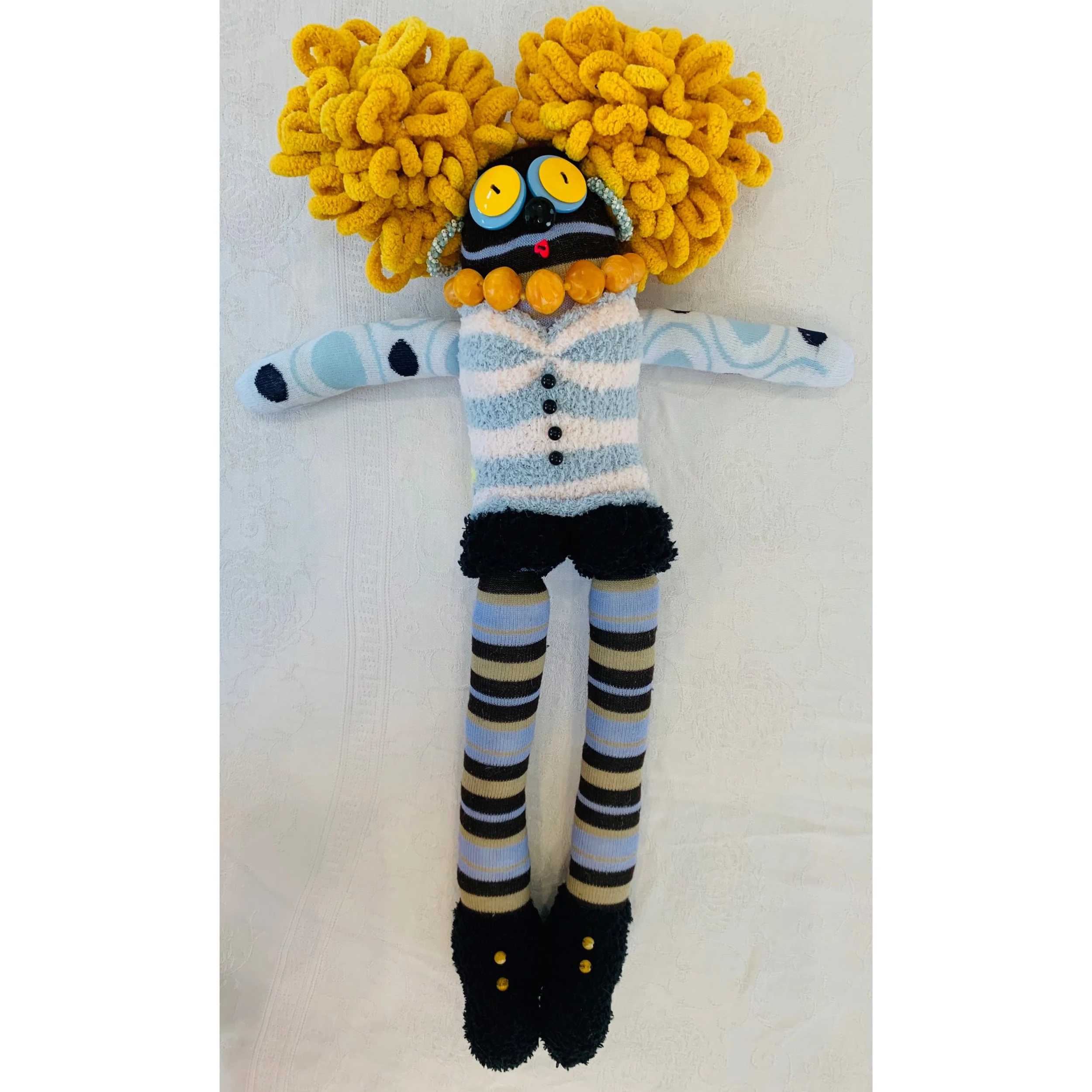
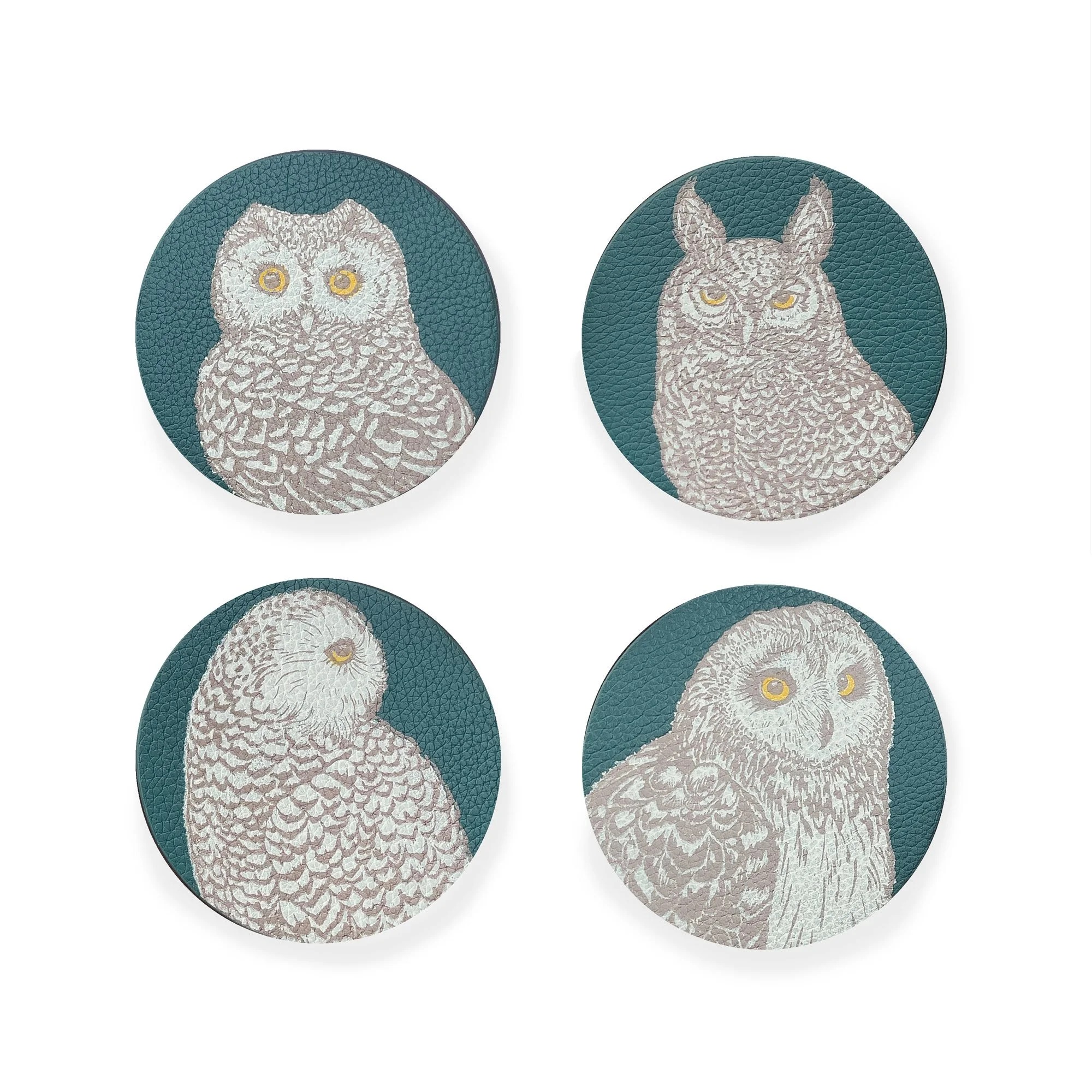
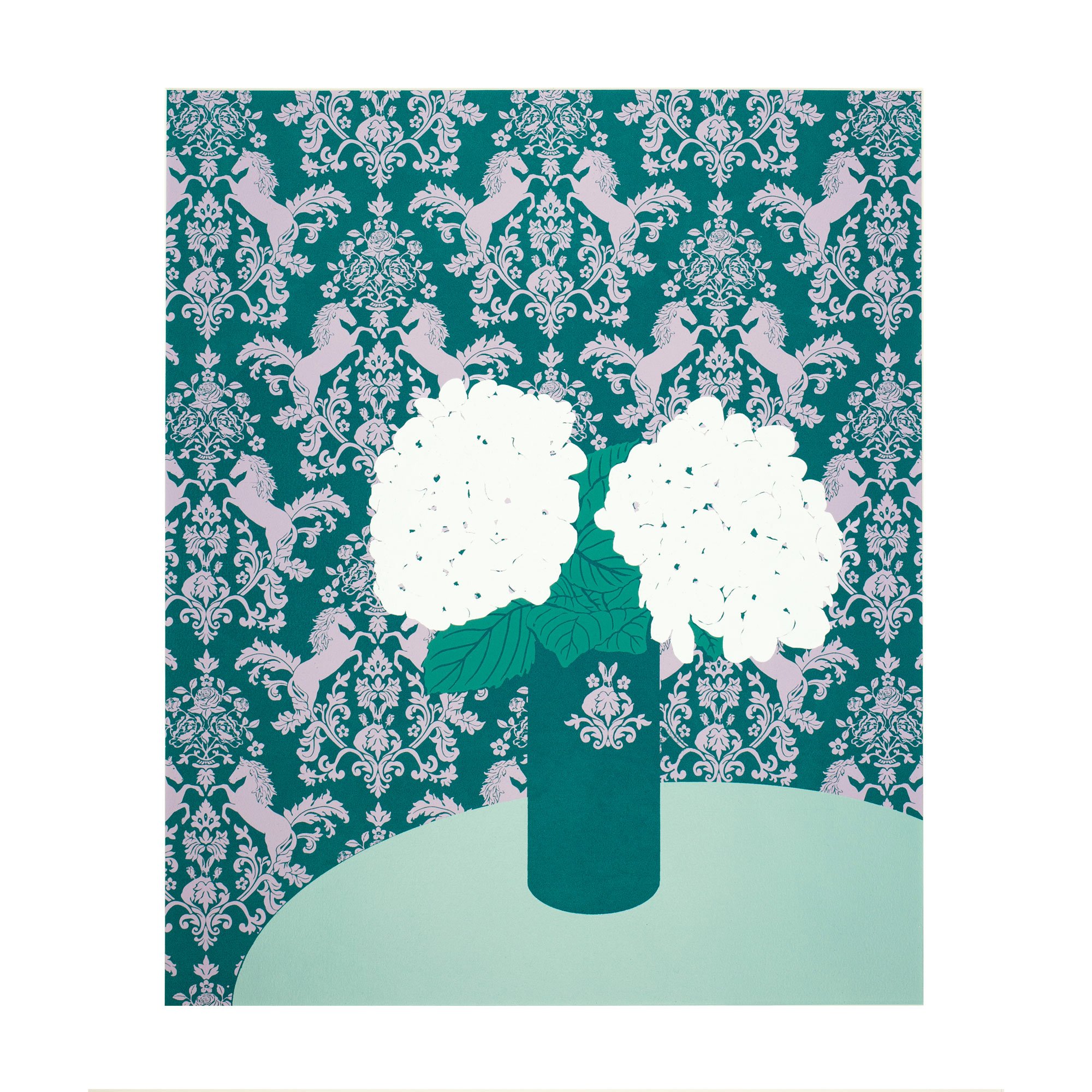
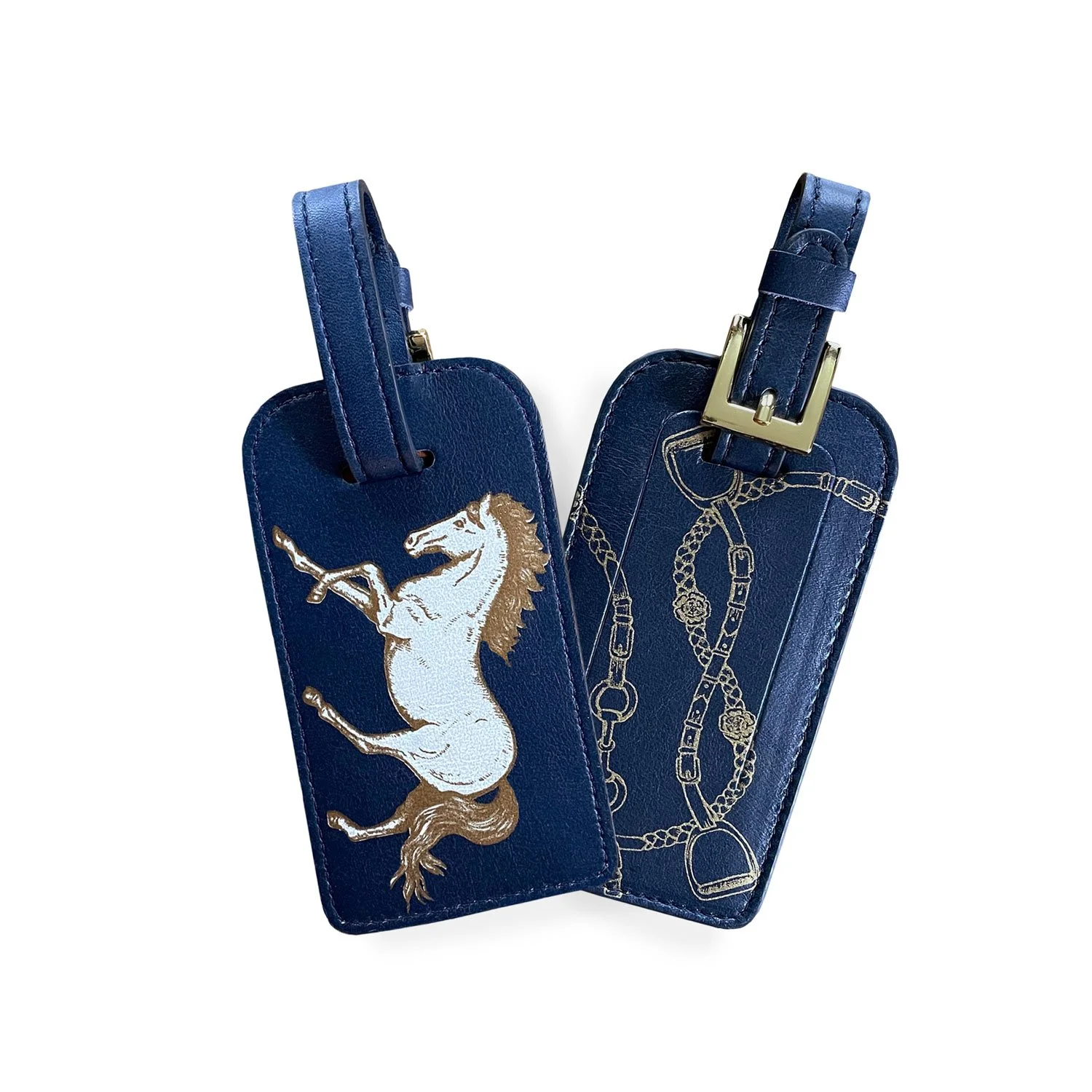




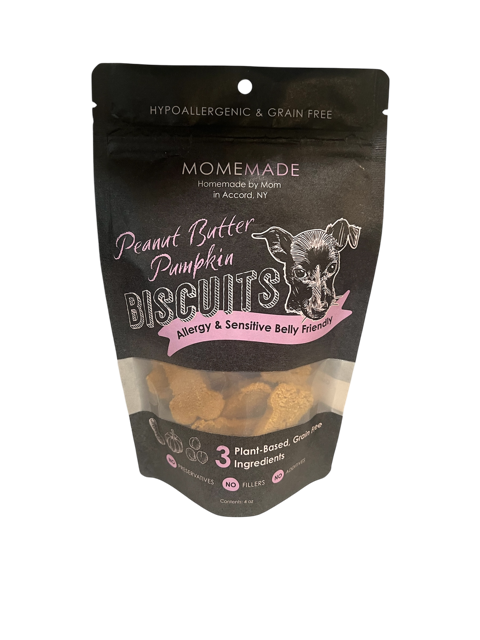











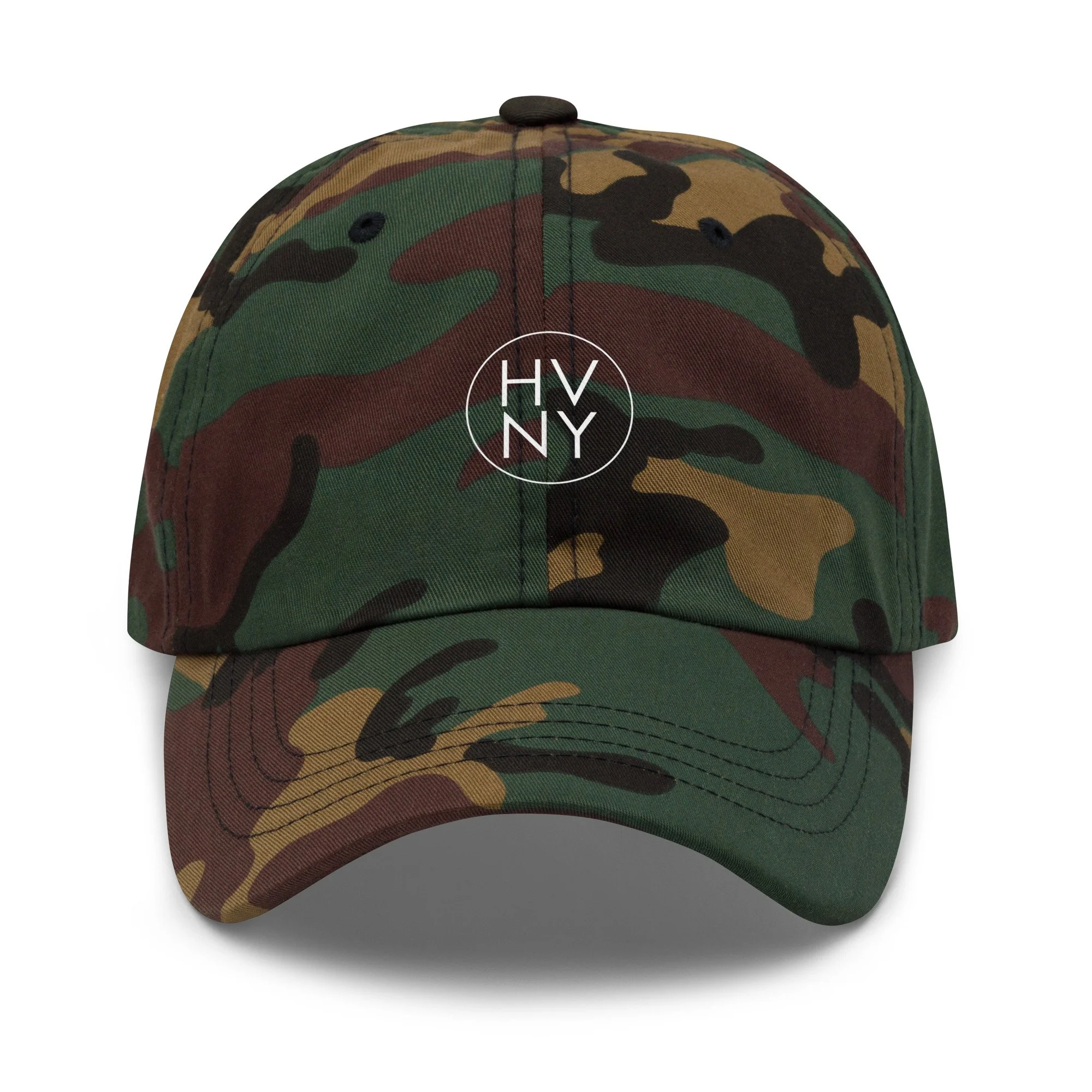


Add an event to the HVNY calendar at hvny.info/share-your-event